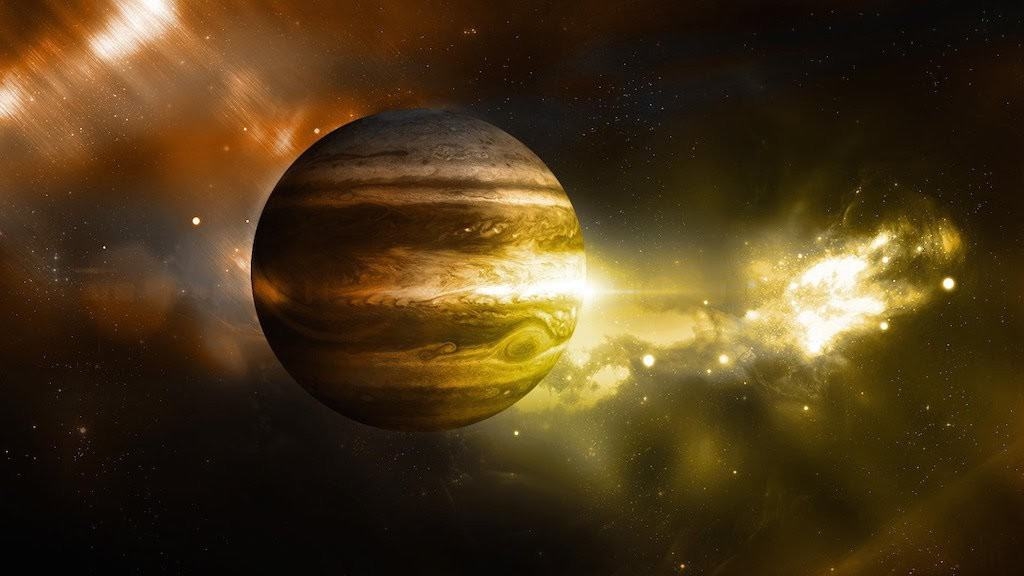18 Little-Known Facts About Jupiter
Jupiter's Characteristics
The total mass of the other planets is more than double that of Jupiter. The giant planet would have evolved into a star if it had been around 80 times more massive. The enormous size of Jupiter could accommodate more than 1,300 Earths. Thus, Earth would be the size of a grape if Jupiter were the size of a basketball.
18 interesting facts of Jupiter
1. Saturn is the planet in our solar system with the most moons, at 82. With 79 moons, Jupiter comes in second.
Jupiter's moon 2. The largest object in our solar system without a significant atmosphere is called Ganymede.
3. Compared to other planets in our solar system, Jupiter has shorter days. The giant only needs ten hours to rotate around its own axis.
4. The temperature inside Jupiter's core is higher than the solar surface.
5. Because of Jupiter's powerful gravitational pull, a rocket would need to travel from the planet at a speed of 135,000 miles per hour (215,000 kilometers per hour).
6. The moon of Jupiter The largest moon in the solar system is called Ganymede. It is even bigger than the planet Mercury, with a diameter of 3,273 miles (5,268 kilometers).
7. Eight space probes have examined Jupiter to this point.
8. In our solar system, Jupiter is the biggest planet. It is eleven times larger than Earth.
9. Diamonds fall as rain on Jupiter and Saturn.
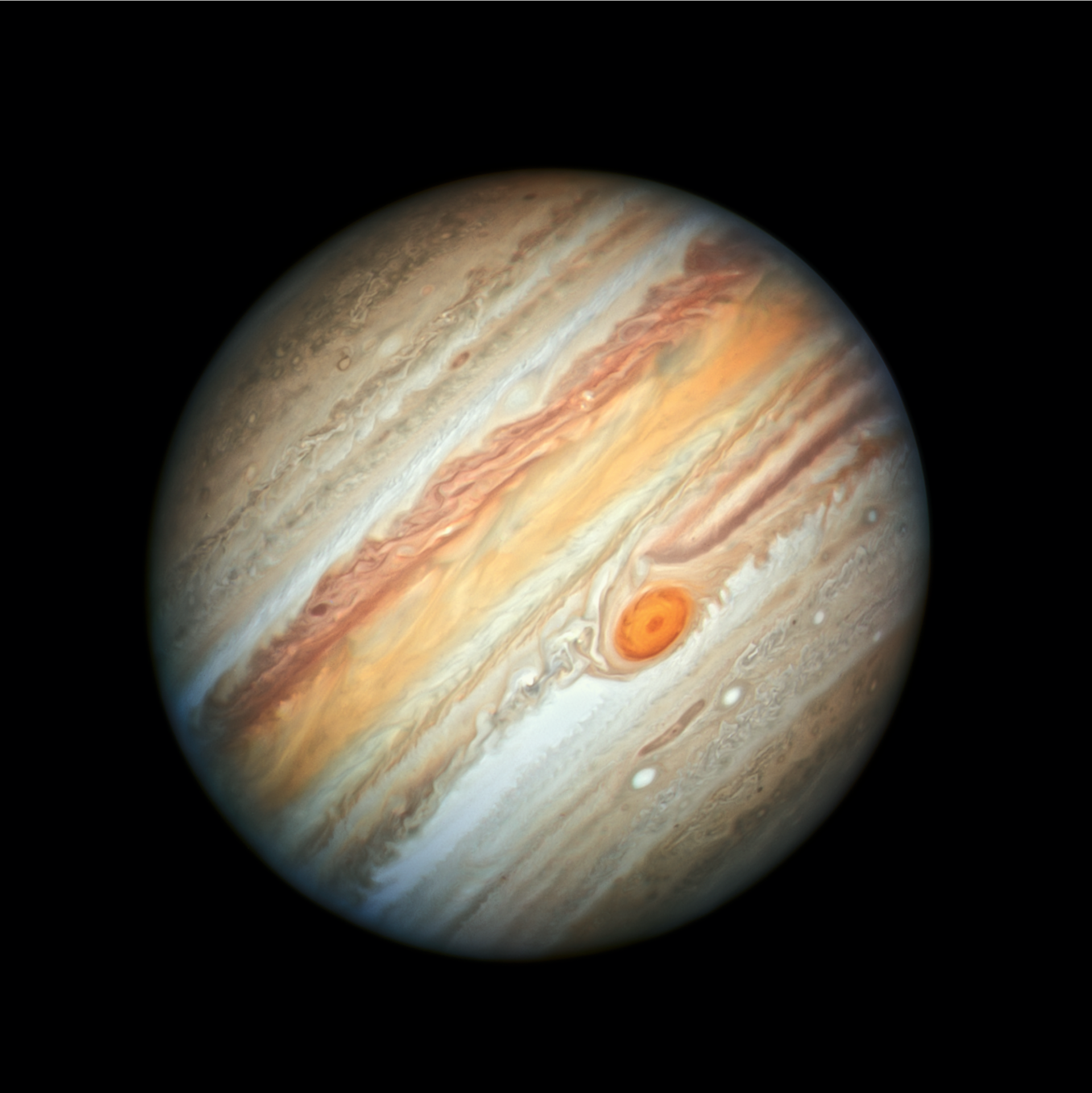 |
| Jupiter. Photo: Space |
10. On Jupiter, there is a sizable high-pressure region twice the size of the Earth called the "Great Red Spot." It is thought to have existed for more than 400 years and is the largest hurricane in the solar system.
11. The source of the "Great Red Spot" on Jupiter's surface is unknown.
12. Despite the fact that the ring systems surrounding Jupiter, Uranus, and Neptune were only recently discovered, Saturn has long been known for its rings. Do you want to know more information about Saturn? Check out our article after that.
13. Jupiter's magnetic field is larger than that of the sun and is the largest in our solar system. The planet's rapid rotation is one of the causes of this.
14. Jupiter was given the title "king of the gods" in ancient Rome.
15. Mercury, Mars, Venus, Saturn, and Jupiter were all bright enough to be seen with the unaided eye, but Uranus was the first planet to be found using a telescope.
16. Under a thick layer of ice on Jupiter's moon Europa, there is likely an ocean that is larger than the combined volume of the oceans on Earth. Even microbes may be present, according to scientists.
17. Since Galileo Galilei was the first to describe the four largest moons of Jupiter, they are also referred to as Galilean moons. In 1610, he made reference to Ganymede, Callisto, Io, and Europa. If you want to learn more about Galileo Galilei, watch our YouTube video about him and the most fascinating facts about him, which are all just for fun.
18. Since hydrogen and helium are necessary for stellar fusion and make up the majority of Jupiter, the planet is sometimes referred to as a fallen star. In actuality, however, despite its size, it lacks sufficient mass to initiate fusion processes within. About 70 times its mass would be needed for this.
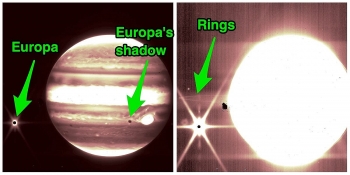 First Jupiter and Moon Europa Photographs From Webb Telescope First Jupiter and Moon Europa Photographs From Webb Telescope Nasa releases first Webb Telescope photographs of Jupiter and Moon Europa - New James Webb photos show giant planet's rings, moons and more. |
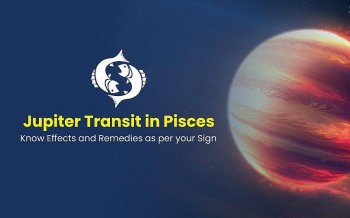 Jupiter Transit in Pisces: Blessings to Mankind Jupiter Transit in Pisces: Blessings to Mankind Jupiter transits in Pisces on November 24, 2022. This astrological phenomenon will bring good things to all people on earth. |
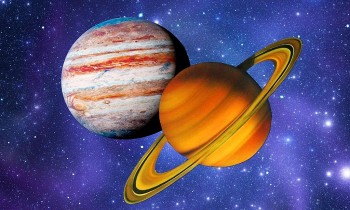 Jupiter and Saturn Positively Affect 12 Zodiac Signs in the First Half of 2023 Jupiter and Saturn Positively Affect 12 Zodiac Signs in the First Half of 2023 Knowinsiders.com's horoscopes and astrology found Jupiter and Saturn to be the two most influential planets for the 12 zodiac signs in the first half ... |

